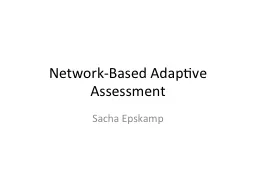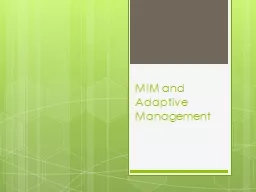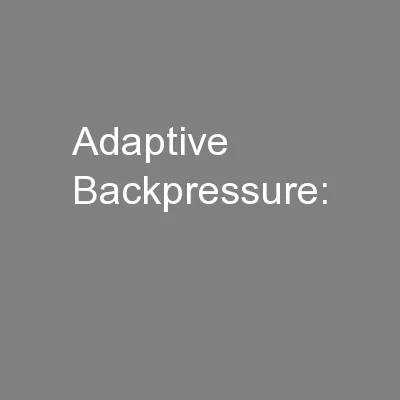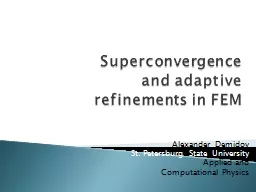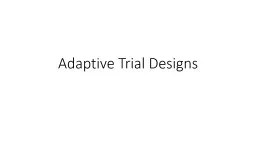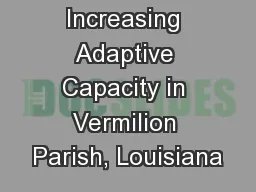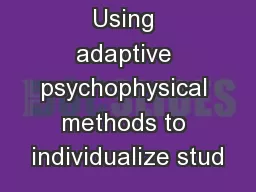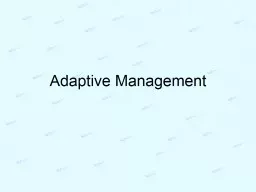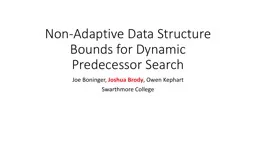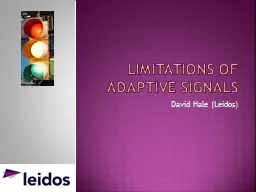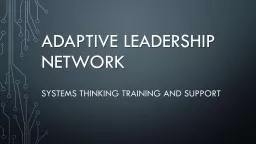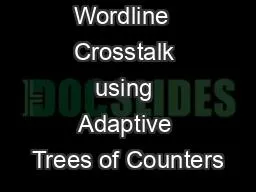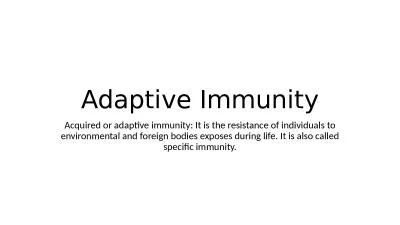PPT-Network-Based Adaptive Assessment
Author : beastialitybiker | Published Date : 2020-06-17
Sacha Epskamp Tests from a Network Perspective Interest in the score pattern rather than latent traits Symptom diagnosis rather than disorder diagnosis Voting recommendation
Presentation Embed Code
Download Presentation
Download Presentation The PPT/PDF document "Network-Based Adaptive Assessment" is the property of its rightful owner. Permission is granted to download and print the materials on this website for personal, non-commercial use only, and to display it on your personal computer provided you do not modify the materials and that you retain all copyright notices contained in the materials. By downloading content from our website, you accept the terms of this agreement.
Network-Based Adaptive Assessment: Transcript
Download Rules Of Document
"Network-Based Adaptive Assessment"The content belongs to its owner. You may download and print it for personal use, without modification, and keep all copyright notices. By downloading, you agree to these terms.
Related Documents

